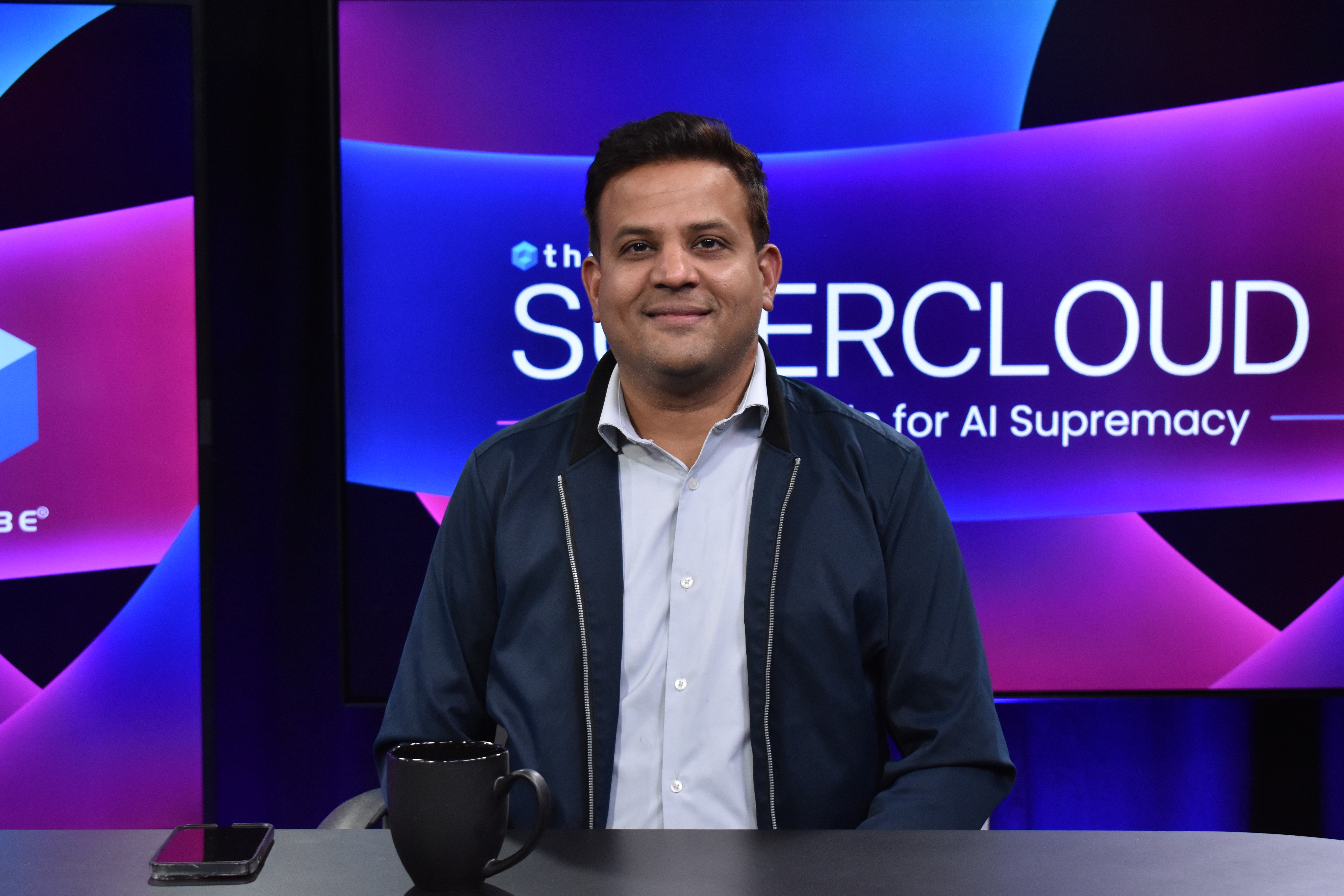 AI
AI
 AI
AI
 AI
AI
The potential for artificial intelligence to enhance developer productivity is immense. With AI-powered tools and algorithms assisting developers in tasks as varied as code analysis, the scope for faster and more accurate software development has never been greater.
AI can reduce cognitive load and improve developer productivity in various stages of the development lifecycle, according to Balaji Sivasubramanian (pictured), senior director of product management at Red Hat Inc. AI has the potential to improve productivity in repetitive tasks, such as email and chat, by multiple times.
“I think one of the biggest challenges is the ability to reduce the cognitive load, and the AI will go a long way in reducing that,” Sivasubramanian said. “Today, just like with any other activity a developer is doing, there’s a lot of things that could help. You have seen GitHub Copilot as one of the ways to reduce the time to develop code, but there’s also many ways you can have AI to assist in improving their productivity.”
Sivasubramanian spoke with theCUBE industry analysts Lisa Martin and Savannah Peterson at the “Supercloud 5: The Battle for AI Supremacy” event, during an exclusive broadcast on theCUBE, SiliconANGLE Media’s livestreaming studio. They discussed AI’s potential to improve developer productivity and reduce cognitive load in various stages of development.
Building models and getting productive was hard before, but now, with foundational models and the ability to tune them to custom data, productivity gain is available to all organizations. Red Hat is an open-source platform company focused on building and deploying new applications, managing the life cycle of models and bringing in open-source models for production. At the moment, it is working to help organizations overcome barriers to AI adoption and implement it in production to drive productivity improvements across industries, according to Sivasubramanian.
“One of the key things we are trying to do is to have a platform to build your new application. Basically, how do you get the data, get ingested, train, build, deploy and monitor the model and lifecycle of the model?” he said. “Because models are not just one and done; it’s always changing. That’s on the model side of the house. Then you have the application that takes advantage of the models, and you have to do the lifecycle of that. Our job is to be a platform player.”
Having multiple choices and competition is important for improving security and reducing dependence on a single provider in AI regulation and governance, Sivasubramanian pointed out. The momentum has shifted, and people are converging and moving in the right direction. There is a sense of security and maturity in the governance of technology.
“The convergence is happening much faster. If you look at the AWS keynote today, they talked about producing different choices for customers,” Sivasubramanian said. “Everybody’s talking that same language, and I think it’s the right thing. If you look at the previous technology wave that happened, at the end of the day, that’s what happened — it’s the choices, it’s the self-governance.”
Here’s the complete video interview, part of SiliconANGLE’s and theCUBE’s coverage of the “Supercloud 5: The Battle for AI Supremacy” event:
Support our open free content by sharing and engaging with our content and community.
Where Technology Leaders Connect, Share Intelligence & Create Opportunities
SiliconANGLE Media is a recognized leader in digital media innovation serving innovative audiences and brands, bringing together cutting-edge technology, influential content, strategic insights and real-time audience engagement. As the parent company of SiliconANGLE, theCUBE Network, theCUBE Research, CUBE365, theCUBE AI and theCUBE SuperStudios — such as those established in Silicon Valley and the New York Stock Exchange (NYSE) — SiliconANGLE Media operates at the intersection of media, technology, and AI. .
Founded by tech visionaries John Furrier and Dave Vellante, SiliconANGLE Media has built a powerful ecosystem of industry-leading digital media brands, with a reach of 15+ million elite tech professionals. The company’s new, proprietary theCUBE AI Video cloud is breaking ground in audience interaction, leveraging theCUBEai.com neural network to help technology companies make data-driven decisions and stay at the forefront of industry conversations.